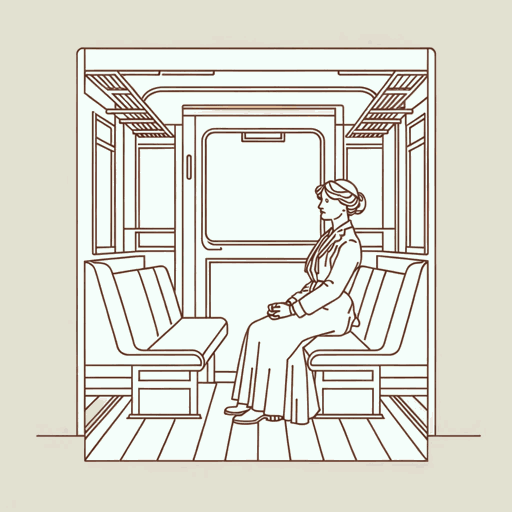31 pages • 1 hour read
Virginia WoolfMr. Bennett and Mrs. Brown
Nonfiction | Essay / Speech | Adult | Published in 1929A modern alternative to SparkNotes and CliffsNotes, SuperSummary offers high-quality Study Guides with detailed chapter summaries and analysis of major themes, characters, and more.
Essay Analysis
Analysis: “Mr. Bennett and Mrs. Brown”
“Mr. Bennett and Mrs. Brown” is an essay about generational conflict and how the writing and reading of literary fiction change in response to social transformations. Woolf’s argument concerns the depiction of “character” in fiction. Character was the element of novel writing that Bennett identified as deficient in younger novelists. Bennett’s essay used Woolf’s novel Jacob’s Room (1922) as an example of a wider trend of novelists emphasizing “originality” and “cleverness” over the development of “real” characters. Woolf starts by agreeing with Bennett that character is fundamental to fiction. She writes that character creates the impetus and “seduct[ion]” to write fiction at all (3). Where she differs from Bennett is in the definitions of “character” and “reality.” Her argument reflects the Modernist position that traditions should be handled critically and with conscious care, and that inherited conventions should not be unthinkingly duplicated. It also demonstrates a Modernist—or “Georgian”—skepticism of the assumption that “reality” can be captured objectively (expressed by Bennett and characteristic of realist literature of the Edwardian era).
Woolf argues that society changed in the transition from the Edwardian to the 







Related Titles
By Virginia Woolf

A Haunted House
Virginia Woolf

A Haunted House and Other Short Stories
Virginia Woolf

A Room of One's Own
Virginia Woolf

Between The Acts
Virginia Woolf

How Should One Read a Book?
Virginia Woolf

Jacob's Room
Virginia Woolf

Kew Gardens
Virginia Woolf

Modern Fiction
Virginia Woolf

Moments of Being
Virginia Woolf

Mrs. Dalloway
Virginia Woolf
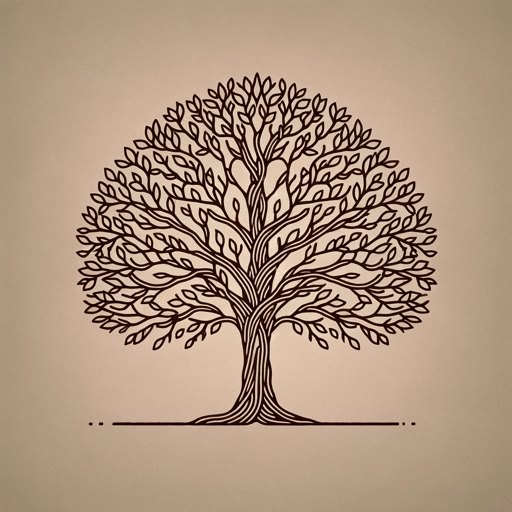
Orlando
Virginia Woolf

The Death of the Moth
Virginia Woolf

The Duchess and the Jeweller
Virginia Woolf
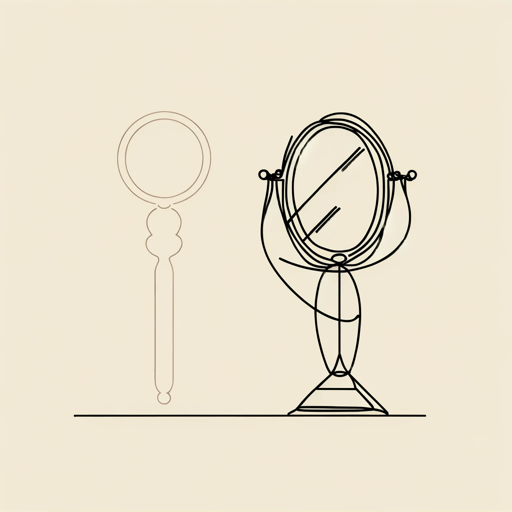
The Lady in the Looking Glass
Virginia Woolf

The Mark on the Wall
Virginia Woolf
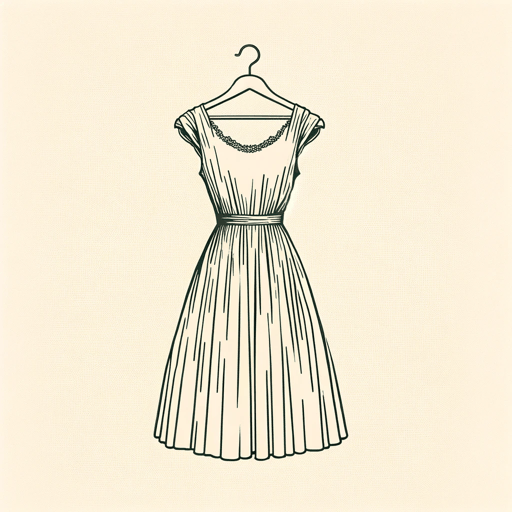
The New Dress
Virginia Woolf

The Voyage Out
Virginia Woolf

The Waves
Virginia Woolf
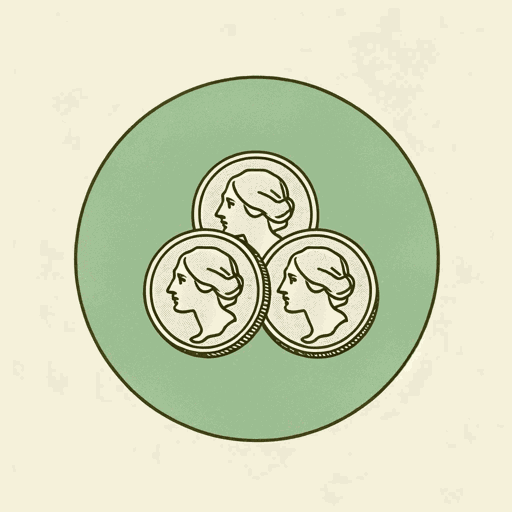
Three Guineas
Virginia Woolf

To the Lighthouse
Virginia Woolf
